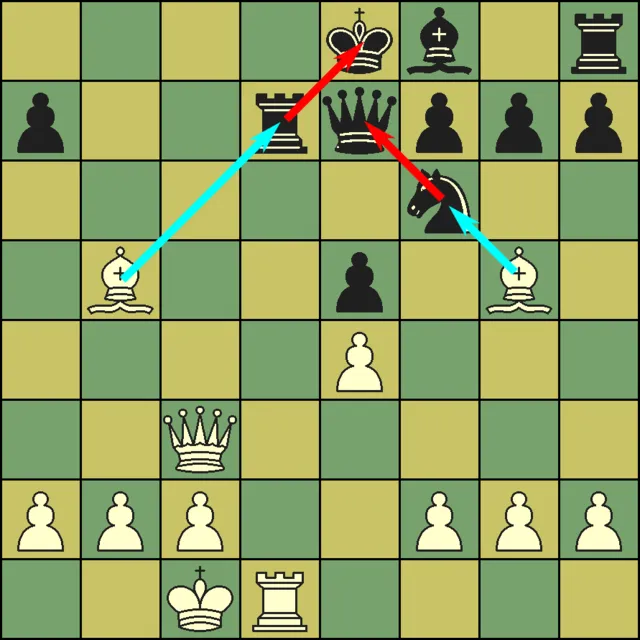It is amazing to say we are still going on with our lessons, and I am sure by now you will notice the change in the lessons; they are getting more advanced as we move on. It is well known that when things are brought to change, then you know you are making some advanced progress. As usual, follow up on the previous lesson and catch up on all other lessons you may have missed on my blog.
With our last lesson talking about the three (3) special moves in chess, in this lesson we will be going a bit further into the basic chess tactics. Tactic is knowing what to do when there is something to be done. In a chess game, certain positions require these basic tactics to win, but when one misses the opportunity to spot them, the game could end badly for the one who missed the tactic. Permit me to say this: You have to buckle up and pay close attention to every word, as this is one of those lessons that can make a huge difference in your chess progress or your goal of beating the person you have in mind.
Pin: This is a very important tactic when it comes to playing chess, and this is how it works; it is the process of holding a small piece to a bigger piece, in which when the smaller piece moves out, the bigger piece falls. In some cases, the smaller piece does not have the option to move, especially when it is pinned to the king. In other words, any piece pinned to the king cannot move.
Skewer: A skewer is the opposite of a pin, and it is a forceful tactic. In this case, the bigger piece is tied up to the smaller piece, thereby forcing the bigger piece to move, and in return, the smaller piece gets captured.

Fork: This type of tactic involves attacking two or more pieces at the same time; in return, one of the attacked pieces has to fall. A very good example of a piece that does this well is the knight.
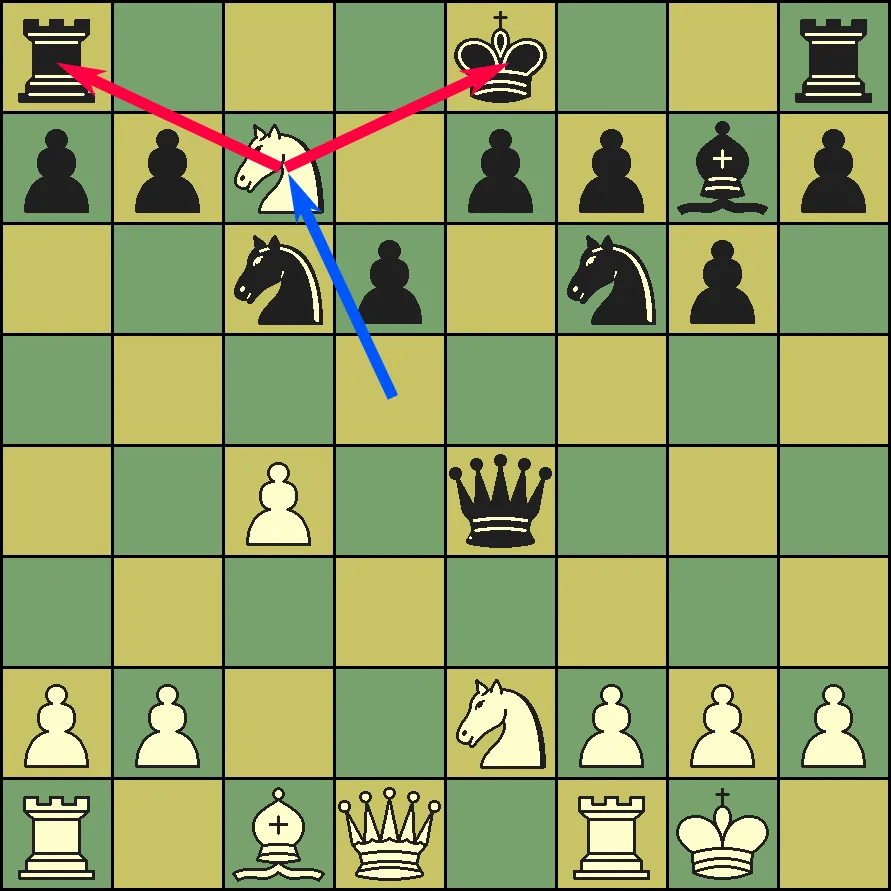
Discoveries: This tactic comes to light when pieces are out of the way, no more obstruction of the attack.
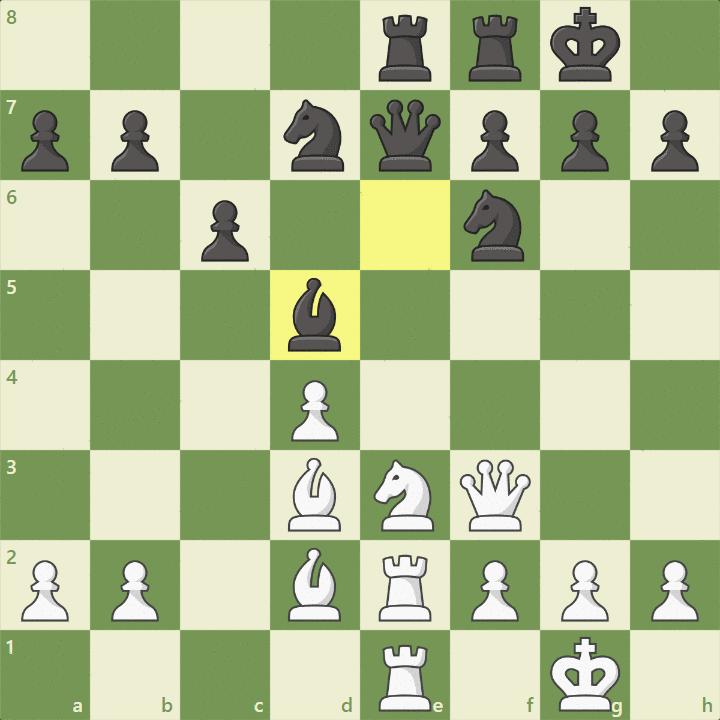
Check: This is when the king is being threatened by an opposing piece, but still has a move to respond. When your king is under check, you can capture the piece performing the check if you can, or block the check with another piece of yours, or you resort to the last option, that is to run away.

Checkmate: This is when your king is threatened by opposing piece(s), and there is nothing that can be done about it.
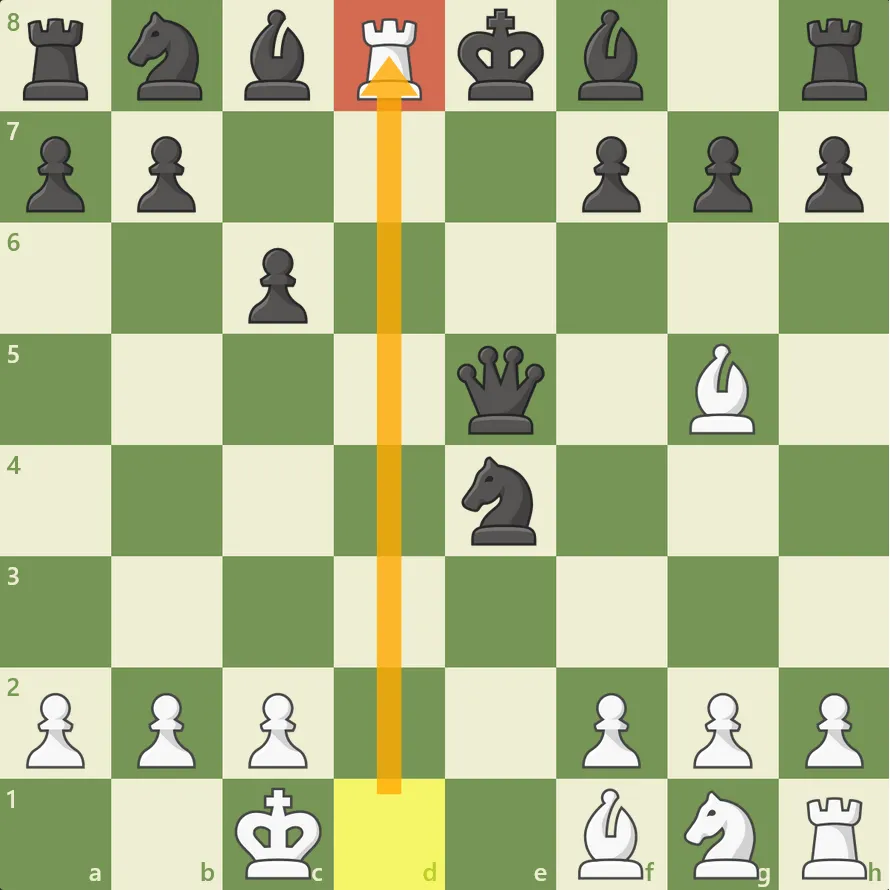
Stalemate: This is a special situation where a player's king is not under check from their opponent's piece, but any other square the king moves to puts it in a check.
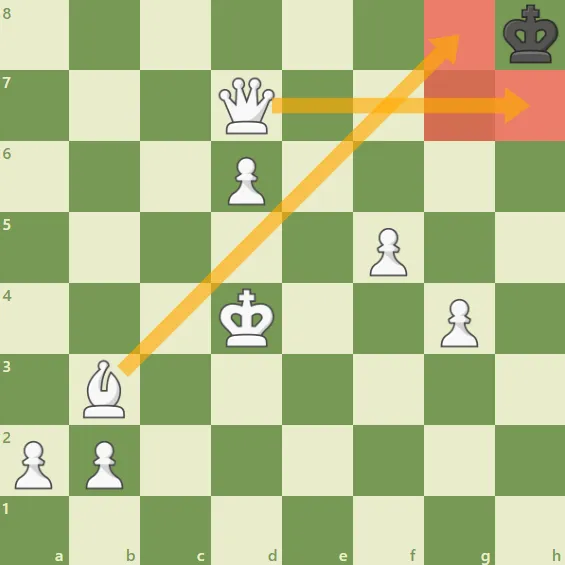
Here is a link to Lichess to practice the basic chess tactics:
https://lichess.org/practice
Slowly, we are learning, no matter how long it takes. See in the next lesson

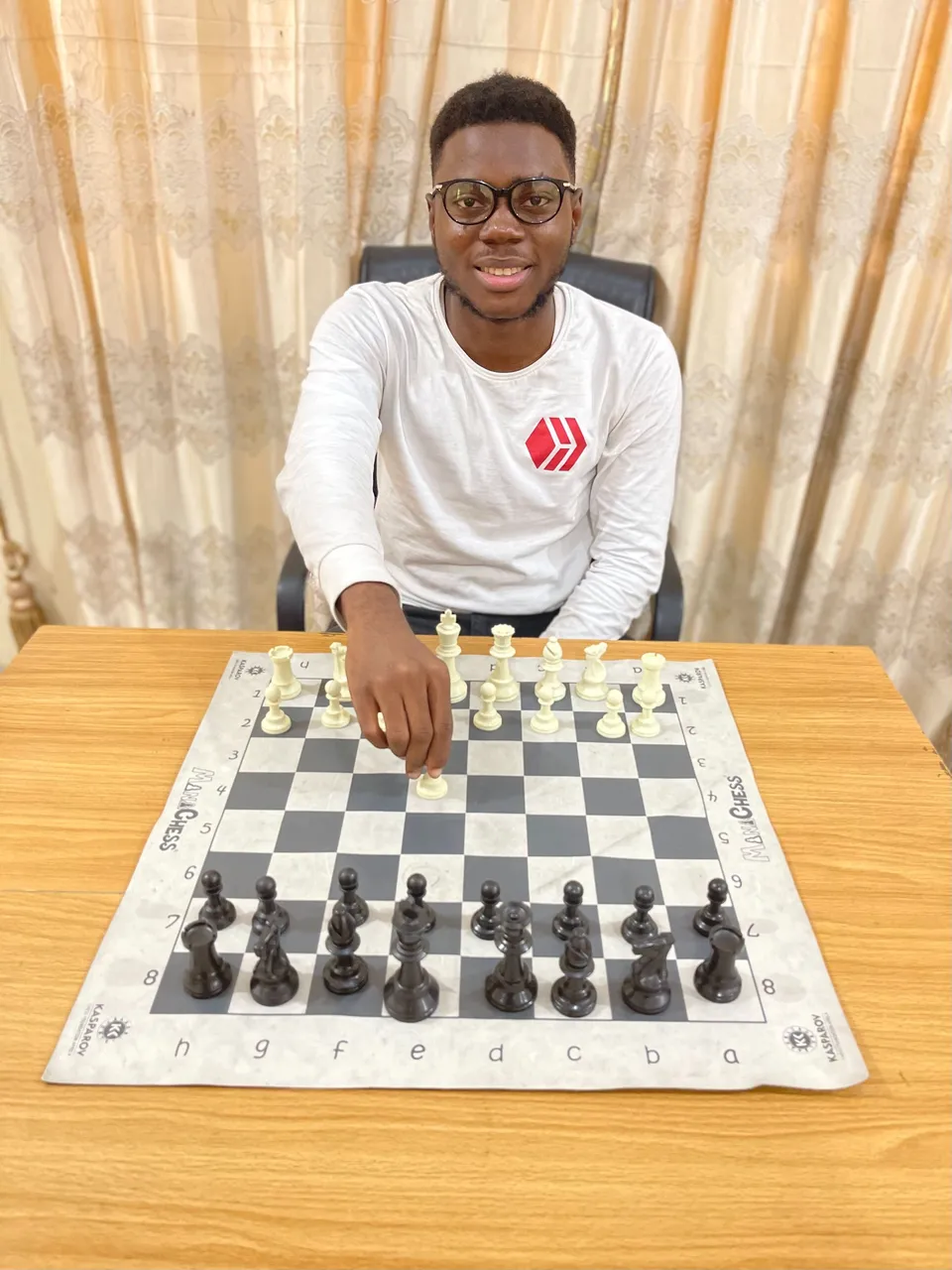
I am @samostically,I love to talk and write about chess because i benefited alot from playing chess and I love writing about chess.
♟♟♟♟♟♟♟♟♟

